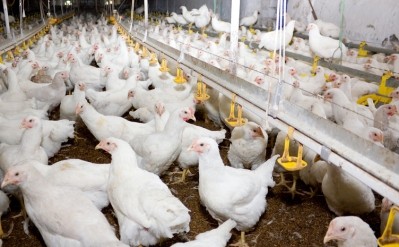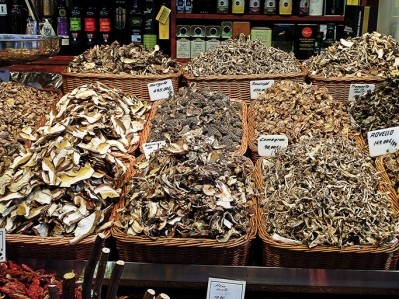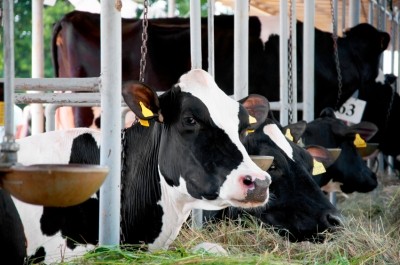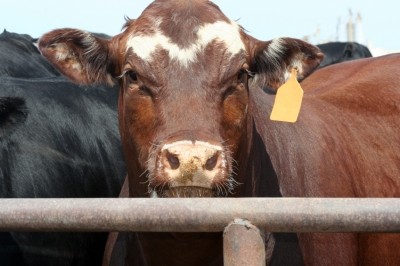Mate extract improves carcass quality, oxidative stability in feedlot cattle
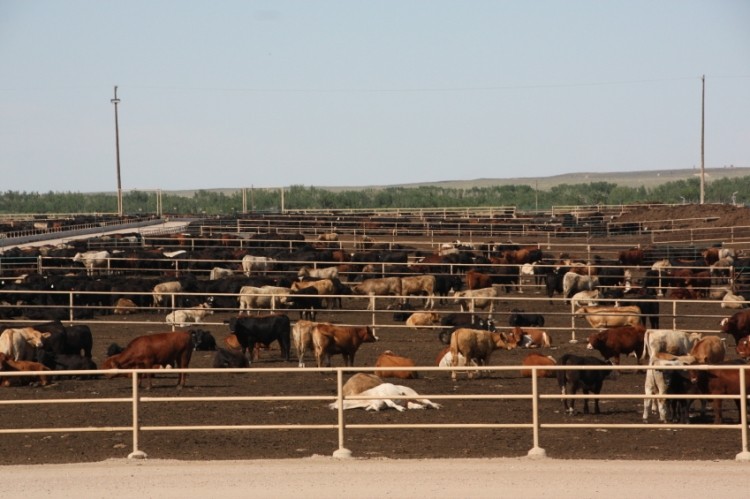
An international team of researchers from Brazil and Denmark examined the use of mate (Ilex paraguariensis A.St.-Hil.) as a feed additive in the diets of cattle and influence on meat quality. The group published its results in the journal of Food Research International.
“The effect of adding extract of mate as a source of bioactive compounds including antioxidants at increasing levels to cattle feed will be followed through animal performance, carcass and meat quality, changes in the metabolic profile of meat and resistance to oxidation, and sensory quality and consumer acceptance,” they said.
The group found that including mate as a feed additive did not alter animal performance, but did improve meat tenderness.
“These animals presented more tender beef, which was well-received by consumers,” said the researchers. “Beyond this, beef from animals fed mate supplemented diet was shown to be healthy, with good CLA [conjugated linoleic acid], creatine and histidine levels and had increased oxidative stability, also showing higher endogenous antioxidants such as carnitine and carnosine.”
Why mate?
Protein and lipid oxidation is a major non-microbiological element in the loss of quality for meat and meat products, said the researchers. And the balance of pro-oxidants and antioxidants present in the tissue along with fatty acid profile are considered important internal elements to reduce oxidation.
In non-ruminants like poultry and pigs, oxidative stability can be improved by supplementing feed with antioxidants or natural antioxidants from plants, they said. The fatty acid composition also can be tailored by altering the lipid composition in the feed.
“For ruminants, the rumen microbiota will decrease the degree of lipid unsaturation prior to absorption and the effect of the feed composition on the meat will be modulated,” said the researchers. “An increase in content of plant rich in bioactive compounds like antioxidants for ruminant feed may, however, change the microflora of the rumen subsequently affecting meat composition and quality.”
The potential link between an increased risk of colorectal cancer from high intake of red meat also appears to be connected to the oxidative stability of meat and the amount of bioavailable iron as a pro-oxidant, they said.
“It seems timely to investigate the effect of addition of plant rich in bioactive components to feed for cattle on performance, carcass characteristics and meat quality,” they said.
Mate is generally recognized as safe (GRAS), and is native to a South American region known for a large amount of beef production, they said. The plant offers a high concentration of alkaloids, saponins and phenolic acids.
In previous research with poultry, it has been show to improve the oxidative stability of chicken meat when added during cooking or during production of broilers, they said.
Methods and materials
In the feeding study, 48 cows were fed one of four trial diets for a period of 94 days, said the researchers. Initially cows were approximately 21 months old and weighed 419kg.
The diets included ground corn grain, corn silage, a mineral supplement, soybean meal, urea, sodium bicarbonate, moenensin and one of four levels of mate extract at 0%, 0.5%, 1% or 1.5%.
Dry matter intake and carcass yield were calculated, they said. The loin eye area was evaluated and back fat thickness was measured.
At the end of the trial, animals were harvested and rib and tissue samples were collected, they said. These were used for sensory evaluation and consumer acceptance trials, chemical profiling, metabolomics analysis, and to check redox status and intramuscular fat.
Results
When given to feedlot cattle, the feed additive mate was found to increase levels of inosine monophosphate, creatine and carnosine, said the researchers.
“Meat from animals fed with higher levels of mate extract was associated with high levels of glutamine, leucine, isoleucine, homoserine, lysine, NADH [nicotinamide adenine dinucleotide], creatine, glycine, IMP [inosine monophosphate], hypoxanthine, and carnosine,” they said.
Animal performance and carcass traits did not differ among the diets, they said. Dry matter intake, average daily gain and feed conversion were not altered.
The amount of conjugated linoleic acid found in tissue rose linearly with the addition of more of the additive, they said. Larger dietary amounts of the additive also corresponded with a reduction in radical formation, which indicated improved oxidative stability.
“Mate extract is shown to be a promising additive to feedlot diets for cattle to improve the oxidative stability, nutritive value and sensory quality of beef,” they said.
There is potential that the improved oxidative stability could offer a reduced tendency to induce the formation of radicals post-consumption, the researchers said. This could offer a reduced risk to colorectal cancer.
Source: Food Research International
Title: Mate extract as feed additive for improvement of beef quality
DOI: 10.1016/j.foodres.2017.05.033
Authors: A. de Zawadzki, L. Arrivetti, M. Vidal, J. Catai, R. Nassu, R. Tullio, A. Berndt, C. Oliveira, A. Ferreira, L. Neves-Junior, L. Colnago, L. Skibsted, D. Cardoso
